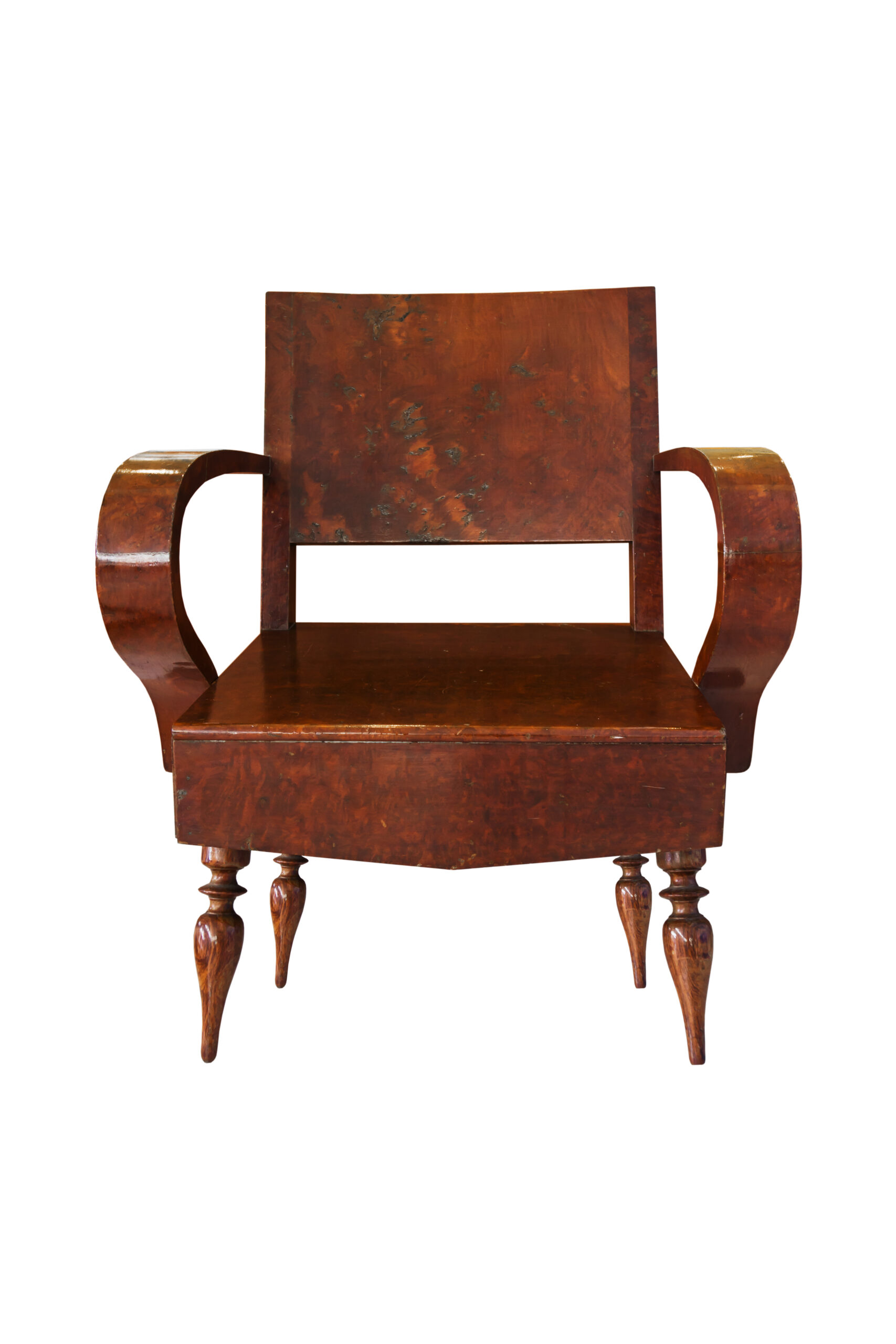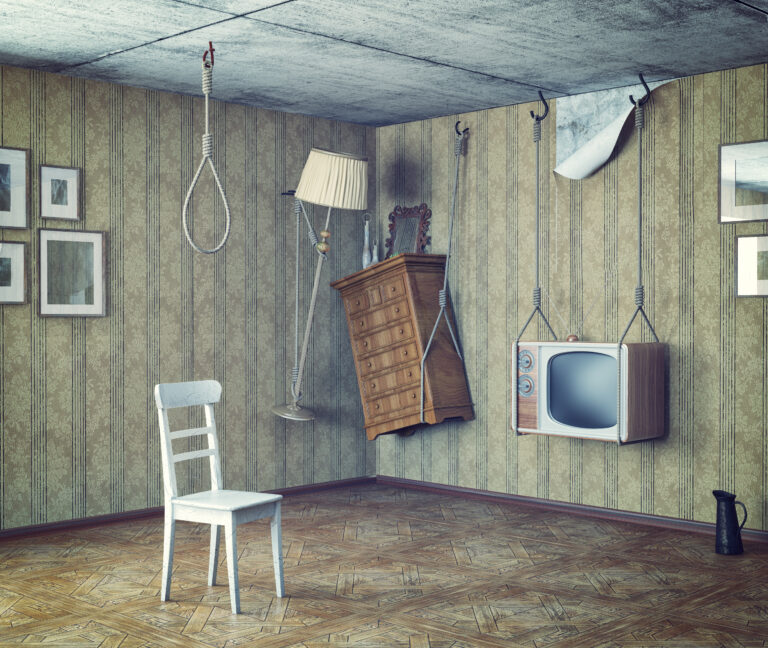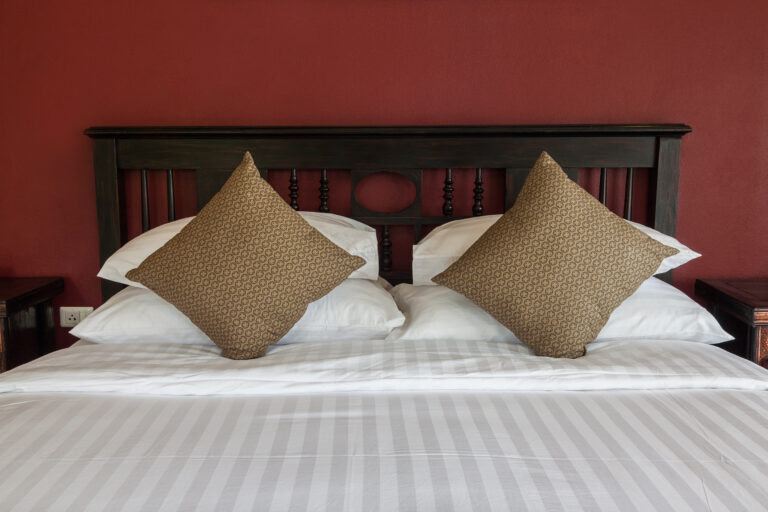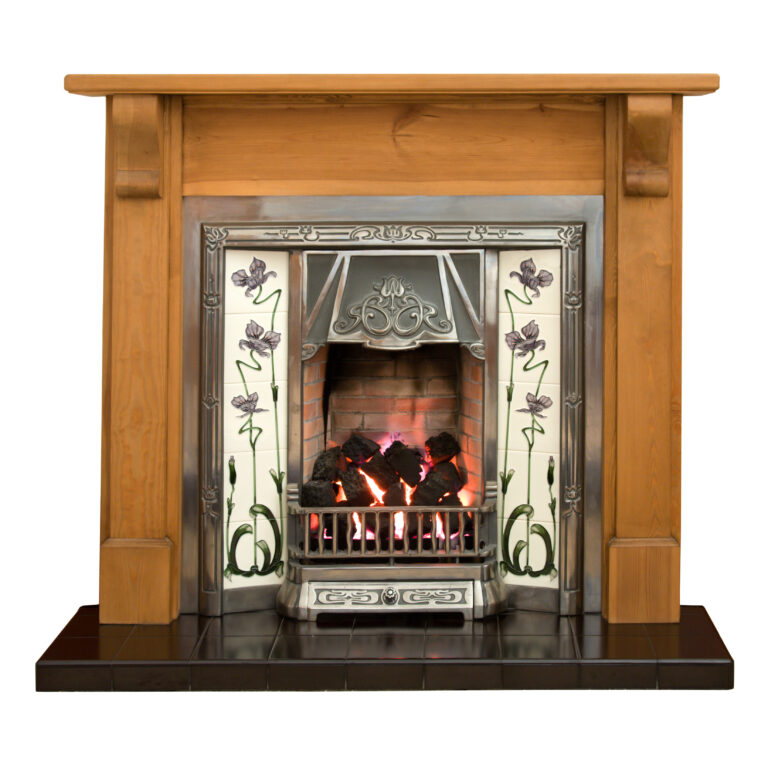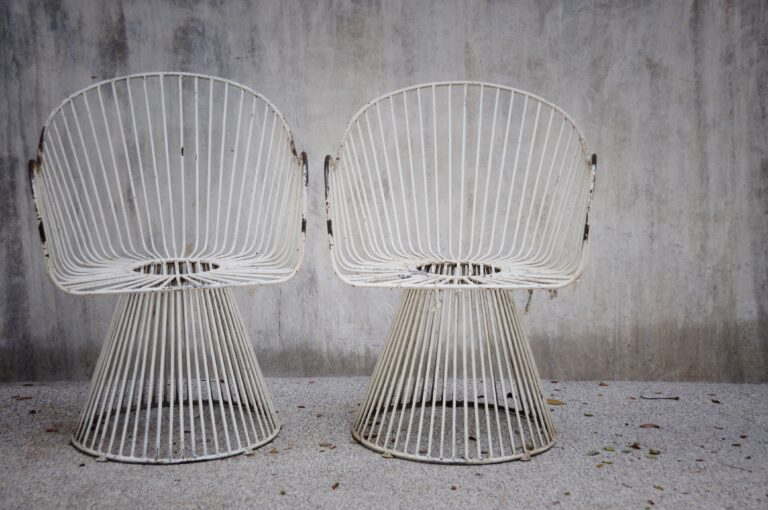What were the1920s traditional furniture designs and styles
Definition of Traditional Furniture
Traditional furniture is defined as furniture that typically follows a timeless design, which is both aesthetically pleasing and highly functional. The furniture characteristics of the 1920s were characterized by intricate detailing, ornate design, and bold colors.
Art Deco, Arts & Crafts, and Colonial Revival were the most popular styles during the roaring twenties.
Art Deco is a style of furniture that originated in France in the early 20th century and is characterized by its bold geometric shapes and vivid colors. The type also uses exotic materials such as aluminum, stainless steel, and lacquer.
Arts & Crafts furniture, also known as Mission furniture, is a style of furniture that was popular in the late 19th and early 20th centuries. Its simple lines, solid construction, and quality craftsmanship characterize it.
Common materials used to create this furniture style include oak, walnut, and cherry wood.
Colonial Revival furniture is a style of furniture inspired by American colonial furniture of the 18th and 19th centuries.
This style of furniture features classic lines and a timeless look. Common materials used to construct Colonial Revival furniture include mahogany and walnut.
Even today, the interior design styles of the 1920s can be used to create a unique, timeless look in any space.
They will surely add a touch of elegance and sophistication to any room.
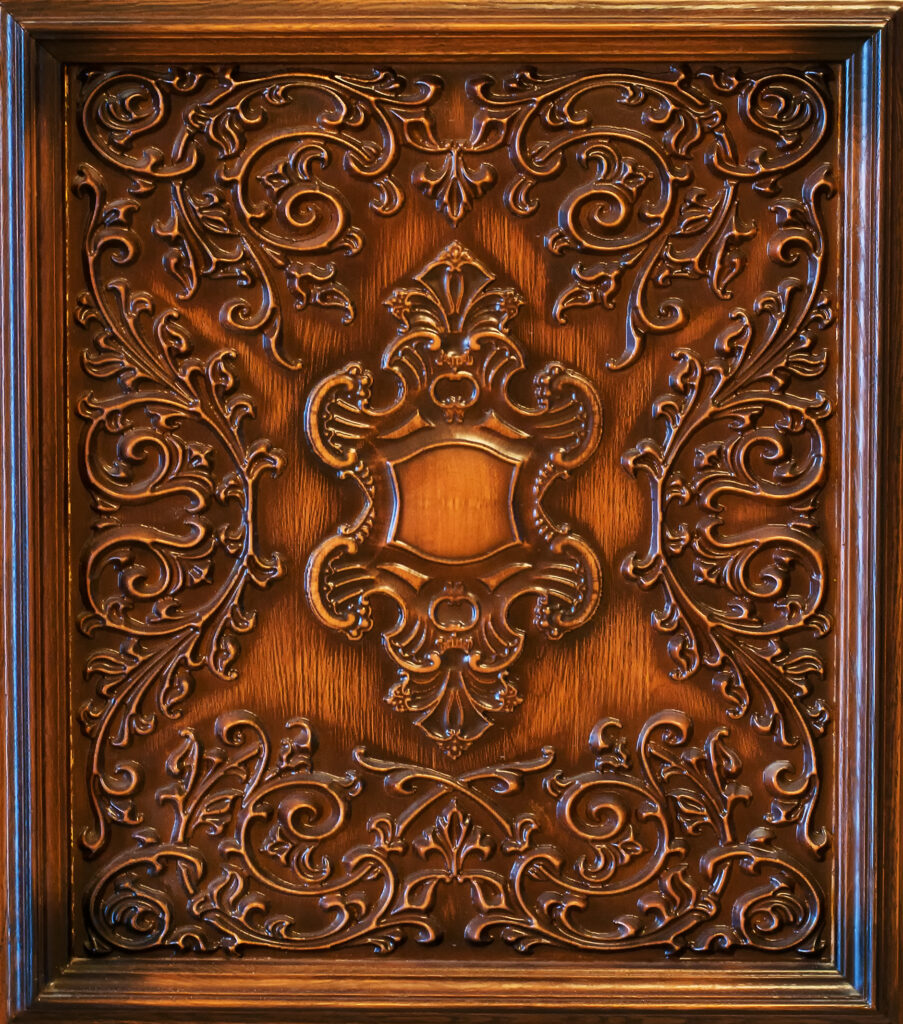
Overview of Different Furniture Styles Through the Ages
The vintage styles of the 1920s were a blend of traditional comfort and elegance. This period saw an increased focus on traditional aesthetics, with mission-style furniture being popular.
Mission-style furniture was inspired by the arts and crafts movement of the late 19th century. It featured simple, functional designs with natural materials.
Furnishing and decor styles have changed throughout the centuries. During the Baroque era, ornate and elaborate designs were popular. In the modern era, minimalistic and clean-lined pieces are more common.
With each passing age, furniture styles evolve to suit the times, incorporating new materials and technologies.
Ultimately, the design styles of the 1920s set the stage for our current trends in furniture. By exploring these traditional furniture styles of the past, we can gain an appreciation for the evolution of furniture design throughout the ages.
Examining Traditional Furniture Styles of the 1920s
The 1920s saw the emergence of a unique style of furniture that is still popular today. This style was heavily influenced by the Art Deco movement, characterized by its geometric shapes, angular lines, and bold colors. Furniture from this period often featured curved edges, mirrored surfaces, and bright metallic accents.
Another popular style of furniture from the 1920s was the Colonial Revival style. This style was inspired by the table of the American colonies and featured intricate carvings and darker woods. It was typically made from walnut, mahogany, cherry, and oak and often included brass or bronze hardware.
Examining the styles of the 1920s can provide insight into the trends and tastes of the time. These styles were often used to create a sense of luxury and opulence and to reflect the growing interest in the history and culture of the United States.
By looking at the furniture styles of the 1920s, we can understand the era’s aesthetic sensibilities and how they have continued to influence contemporary furniture design.
Popular Materials Used in Traditional Furniture Styles of the 1920s
The 1920s were a period of great innovation and creativity in furniture design. The traditional furniture styles of this era were heavily influenced by popular materials.
Wrought iron and brass were two of the most commonly used metals in furniture pieces, providing an attractive and durable finish. With their curved lines and ornate details, these metal furnishings gave any interior a luxurious and timeless look.
Wood veneers and inlays were also popular features in traditional furniture styles of the 1920s.
By combining different types of wood, such as mahogany, cherry, and oak, furniture makers created unique pieces with intricate detailing. Wood veneers and inlays added depth and texture to furniture pieces, creating a standout look that was highly sought after.
The 1920s saw a rise in the popularity of traditional furniture styles. Using materials such as wrought iron, brass, wood veneers, and inlays helped create stylish and timeless pieces.
Whether you’re looking for a statement piece or something more subtle, these materials can help you add a touch of sophistication to your home.
Wood furniture in 1920
In the 1920s, wood furniture was famous for many homes due to its sleek, minimalist lines and geometric shapes.
This era’s iconic wood furniture styles include Art Deco, Mission, Craftsman, and Bungalow.
Each style boasted unique characteristics but featured dark woods like mahogany and walnut and lighter woods like ash and oak.
Art Deco furniture was characterized by its angular lines, symmetrical designs, and bold colors. It often included motifs such as sunbursts, chevrons, and zigzags. Mission-style furniture was known for its sturdy build, simple lines, and use of natural materials.
Meanwhile, Craftsman and Bungalow furniture styles were defined using large pieces with clean lines and subtle accents.
No matter the style, wood furniture in the 1920s was designed to be stylish and functional.
Its emphasis on simple lines and geometric shapes made it ideal for creating a modern yet timeless look in their home.
Metal furniture in 1920
Metal furniture in the 1920s was a popular choice for many homeowners.
Characterized by geometric shapes and designs, such as rectangles and circles, along with ornate details, the metal furniture of the 1920s offered both durability and affordability.
This made it an attractive option for people looking to decorate their homes.
In addition to its practical advantages, metal furniture of the 1920s often featured bright colors and intricate patterns that helped to create a vibrant aesthetic in many homes.
The combination of metal and color created a unique look popular among people of all ages.
The use of metal furniture in the 1920s was aesthetically pleasing and highly functional. Its durability and affordability allowed people to furnish their homes stylishly and practically.
Metal furniture of the 1920s was an essential part of the decade’s design history. It helped to shape the way we think about furniture today.
Glass furniture in 1920
The 1920s saw glass furniture become increasingly popular in homes. With pieces made from either Glass or brass, these pieces provided an elegant and sophisticated style to any room. Not only did they look stylish and modern, but they also had a luxurious feel that was perfect for the era.
The use of glass furniture was particularly popular with Art Deco designs. The geometric shapes and clean lines created by these pieces added an air of sophistication to living spaces. This was further enhanced by the reflective qualities of Glass, which allowed light to be reflected off the piece and create a beautiful atmosphere.
Glass furniture was also popular because of its durability and low maintenance requirements. Glass is easy to clean and can last for years, making it an excellent choice for anyone looking for timeless furniture. As well as being easy to maintain, glass furniture was less expensive than other materials, making it affordable to many households.
Finally, glass furniture was an excellent choice for those wanting to add a touch of glamour to their home. Whether a statement table or a simple sideboard, glass furniture could instantly transform a space, creating a show-stopping centerpiece that would turn heads.
In conclusion, glass furniture was a popular trend in the 1920s, with many households opting for pieces made from Glass or brass. Not only did these pieces look stylish and modern, but they also provided an elegant and sophisticated look to any space.
With its durable and low maintenance qualities, glass furniture was an excellent choice for any homeowner looking to add a touch of luxury to their home.
Fabric furniture in 1920
The 1920s was a time of bold and vibrant fabric styles when it came to furniture.
Fabrics were an integral part of the furniture industry, with popular velvet, brocade, and tapestry choices. Furniture shapes in the 1920s were often angular and geometric, with straight lines, square corners, and flat surfaces.
Upholstery fabrics were usually bright and bold, with geometric patterns and floral prints. Mustard yellow and coral were the most popular colors in fabric furniture this decade.
The combination of geometric shapes and bright colors gave furniture from the 1920s a unique and eye-catching look. Velvet, brocade, and tapestry fabrics added a touch of luxury and glamour to the table while still helping to create a modern look.
Using these fabrics was also crucial for comfort, as they helped make furniture items more comfortable to sit on or lean back against.
Fabric furniture from the 1920s was both stylish and practical.
It was easy to maintain and could be easily updated to reflect changing tastes and trends. By using fabrics with bright colors and bold patterns, homeowners could create a look that was uniquely their own. Fabric furniture was also affordable, making it accessible to people of all income levels.
The furniture industry in the 1920s was heavily influenced by fabrics.
By combining geometric shapes and vibrant colors, fabric furniture created a modern, stylish, comfortable, and affordable look.
Key Features of Traditional Furniture Styles of the 1920s
The traditional furniture styles of the 1920s were inspired by modern art movements. They featured bold lines and curved shapes, starkly contrasting the more ornate and delicate furniture styles of previous decades.
During this period, furniture styles shifted to reflect the changing popular culture of the era.
In the 1920s, furniture designers embraced the modernist aesthetic popularized by the Art Deco movement.
This new style featured angular lines, geometric shapes, bright colors, and luxurious materials.
Furniture pieces often featured intricate wood inlays and metal accents, giving them a unique and eye-catching look.
Furniture pieces from the 1920s also incorporated more streamlined designs.
The armchairs and sofas of the era featured curved lines that were both comfortable and stylish. Other pieces, like tables and cabinets, often featured tapered legs and sleek silhouettes.
The traditional furniture styles of the 1920s have come to be seen as timeless classics and remain popular today.
Their bold lines and curves are still admired for their beauty and elegance; many of these pieces have become highly sought after by collectors.
Whether you’re looking for a statement piece or a timeless classic, the traditional furniture styles of the 1920s are sure to add a touch of sophistication to any home.
Themes and Trends in Traditional Furniture Styles of the 1920s
The 1920s saw a shift in types of furniture styles, emphasizing handcrafted pieces featuring simple lines and floral and geometric patterns. The era was known for using luxurious materials such as oak, mahogany, and upholstered jewel tones fabrics.
Art Deco also emerged during this time, characterized by geometric shapes and bright colors.
These traditional furniture styles from the 1920s remain popular, making them a timeless choice for any home.
Whether you’re looking for a classic piece to add to your living room or a statement piece for your bedroom, there are plenty of options.
From the graceful curves of the Art Deco era to the intricate details of the handcrafted pieces, these traditional furniture styles will bring a touch of elegance to any space.
Industrial Chic
Industrial Chic was the perfect style for the 1920s, a period of urban industrialization.
This aesthetic sought to create a modern, sophisticated look with minimal design and industrial materials. Characterized by geometric shapes and linear lines, Industrial Chic furniture was often made of metal, wood, or concrete for an edgy, modern feel.
The Industrial Chic style was heavy on functionality and often contained pieces for everyday life, such as desks, chairs, stools, and tables. It was also known for using bold colors and patterns, adding to the modern aesthetic.
The furniture was often painted black or white, with bright pops of color added for contrast.
Overall, Industrial Chic was the perfect style for the 1920s, allowing for a modern, urban look that was both functional and stylish. With its minimalist design, industrial materials, and bold colors, this style allowed for a truly unique look that still stands the test of time.
Art Nouveau
Art Nouveau furniture was a popular style in the 1920s, featuring natural motifs such as flowers, birds, and other animals designed to add an elegant touch to any room.
This furniture style was highly sought after during the 1920s and is still appreciated today for its timeless beauty. Art Nouveau furniture typically features curved lines and ornamental details that create a graceful yet bold statement.
The furniture pieces can range from delicate to dramatic, with intricate carvings, vibrant colors, and beautiful textures.
Regarding fabrics, Art Nouveau furniture usually utilizes velvets, brocades, and tapestries for upholstery. Silk, velvet, and wool are also commonly used for pillows and curtains.
Colors often consist of shades of brown and green but can also include blues, purples, pinks, and yellows.
The design of Art Nouveau furniture is heavily influenced by nature, with curved shapes, floral motifs, and animal designs. It is often made from mahogany, walnut, or oak and is finished with polished brass or copper hardware.
Many pieces of Art Nouveau furniture feature cabriole legs, which taper at the bottom and have a curved design at the top.
Art Nouveau furniture is still appreciated today for its timeless beauty and elegance.
Whether you’re looking to furnish a Victorian-style home or add elegance to your living space, Art Nouveau furniture is a great option.
Arts and Crafts Movement
The Arts and Crafts Movement of the 1920s was a reaction to the industrialization of furniture production.
Led by designers and artisans who wanted to create handmade furniture with an individual character, the movement sought to bring attention back to traditional methods and styles of furniture production.
The furniture produced during the Arts and Crafts Movement was characterized by its use of natural materials, simple lines, and emphasis on craftsmanship. Popular materials used included wood, leather, metal, and stone.
Popular design elements included geometric shapes, intricate details, and unique textures.
The impact of the Arts and Crafts Movement can still be seen in modern furniture design. Many of the same materials and design elements are still used today, albeit with a more contemporary twist.
The emphasis on craftsmanship, quality materials, and attention to detail is still highly valued and sought after in today’s furniture.
By exploring the furniture styles of the 1920s, we can gain insight into the history of furniture design and understand how these styles have influenced modern furniture design.
Through this journey through time, we can appreciate the timeless beauty of the furniture produced during the Arts and Crafts Movement and the lasting legacy it has left behind.
What are some examples of traditional furniture styles beyond the 1920s?
The 1920s were a period of immense creativity and innovation in furniture design. We have explored how different styles from this era, such as Art Deco and Streamline, were developed and used to create unique and beautiful pieces of furniture that are still admired today.
The 1920s saw a massive shift in style and trends. Many designs were influenced by the industrial revolution, modernism, and art deco movements. Despite the wide range of styles available at the time, there was one common factor – the attention to detail and craftsmanship that went into creating each piece.
No matter the style chosen, furniture from the 1920s was made with quality materials, resulting in timeless pieces that still stand the test of time. From the ornate detailing of the Art Deco style to the minimalist lines of the Streamline style, these pieces remain as attractive today as they were a century ago.
To conclude, it is clear that the furniture styles of the 1920s were varied and unique.
Not only did they bring beauty and elegance to any home, but they also showcased their designers’ craftsmanship and attention to detail.
The furniture from this era is a testament to the creative minds of the time and will continue to be admired for many years.

Wrapping up our 1920s traditional furniture guide
The furniture styles of the 1920s were in significant transition. This period saw a new style emerge, influenced by a mix of European, Asian, and African styles. From Art Deco to Colonial Revival and Mission, several traditional furniture styles appeared in the 1920s.
In this article, we’ll explore the different furniture styles of this decade, how they became so popular, and their effect on contemporary furniture styles.
The 1920s were a fascinating era when it came to furniture design, with many different styles emerging. These traditional pieces remain popular today, from Art Deco to Colonial Revival and Mission.
Exploring these beautiful designs is the perfect way for those looking to bring a piece of the 1920s into their home.
To start your journey, head to our store to find vintage furniture from the 1920s.

